
What if the universe isn’t racing toward an ever-accelerating future but is instead quietly hitting the brakes? That’s a question now at the heart of a growing cosmological debate, driven by new research that challenges the Nobel Prize-winning discovery of cosmic acceleration.

1. A Paradigm Shift in Cosmic Expansion
Over the past three decades, the ΛCDM model of cosmology has served as the standard model that described a universe filled with ~70% dark energy, 25% dark matter, and 5% ordinary matter. The model was developed from observations of Type Ia supernovae at the end of the 1990s stellar explosions used as “standard candles” to measure cosmic distances that showed the expansion of the universe is accelerating. But now, a team led by Prof. Young-Wook Lee of Yonsei University reports the discovery that the expansion has already entered a decelerating phase, with dark energy evolving far quicker than thought before.

2. Cracks in the Standard Candle Assumption
Type Ia supernovae form when white dwarfs in binary systems reach a critical mass and explode. Their consistent peak luminosity made them ideal for gauging distances via redshift measurements. But the Yonsei team found a 5.5σ correlation between supernova brightness and the age of progenitor stars–younger stellar populations yield systematically fainter explosions. This “age bias” can appear as an accelerating universe. Correcting for it across a dataset of 300 host galaxies removes the acceleration signature, bringing the supernova distances into concordance with independent BAO and CMB measurements.
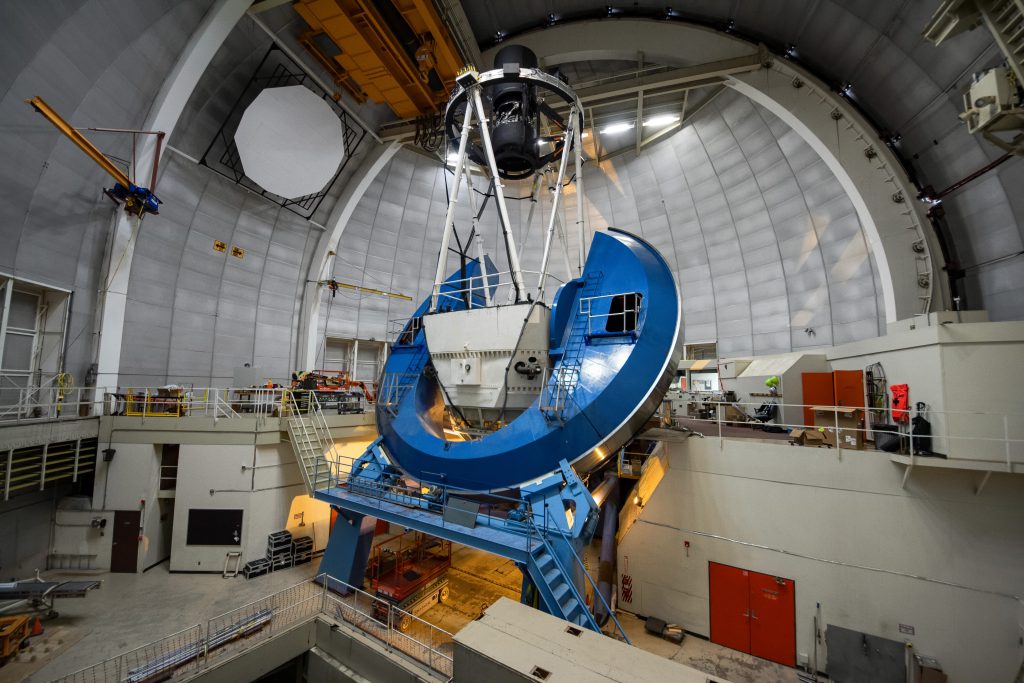
3. DESI’s Independent Confirmation
Independently, the DESI project, which has mapped nearly 15 million galaxies and quasars, hinted that dark energy’s influence is weakening. The BAO “standard ruler” measurements from DESI track the size of the primordial density fluctuations imprinted on matter distribution. What they obtain for the deceleration rate is less than ΛCDM predicts. Though DESI’s own analysis suggests that acceleration persists today, the Yonsei correction pushes the transition to deceleration into the present epoch.
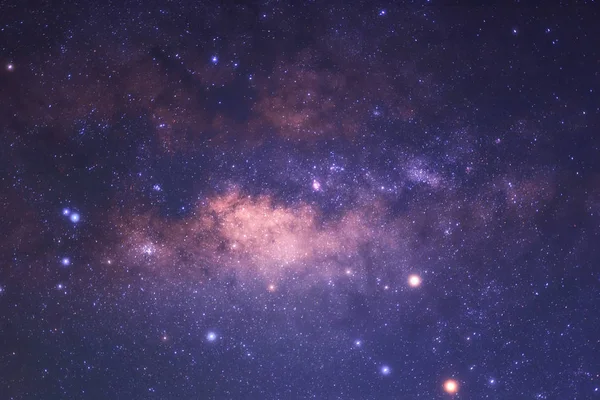
4. Theoretical Models for a Slowing Universe
If dark energy is time-varying, several models might explain the shift. One posits a negative cosmological constant counteracting residual expansion once other drivers, such as hypothetical axion fields, lose dominance. In such models, gravity eventually wins out over expansion, bringing about a “Big Crunch” in which the universe collapses to a high-energy singularity. Simulations indicate this reversal can commence in as little as ~11 billion years, ending in collapse ~8 billion years thereafter.
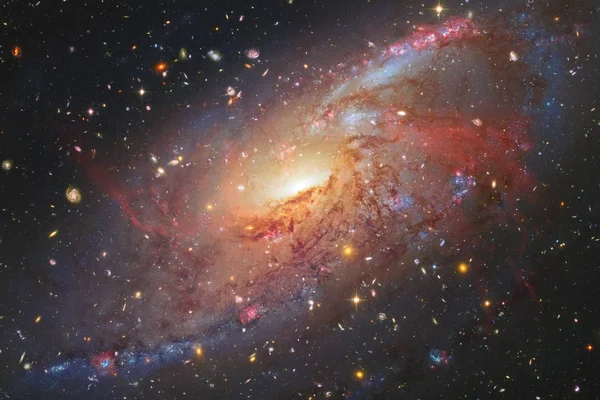
5. Measuring Cosmic Expansion with Precision
Beyond supernovae, there are various ways in which expansion is measured, with the mapping of galaxy velocities from redshift surveys and gravitational lensing, as in Supernova Refsdal, offering independent Hubble constant estimates from time delays between lensed images. These methods have exposed the “Hubble tension,” a persistent mismatch between local and early-universe expansion rates. A time-varying dark energy could help reconcile these discrepancies.
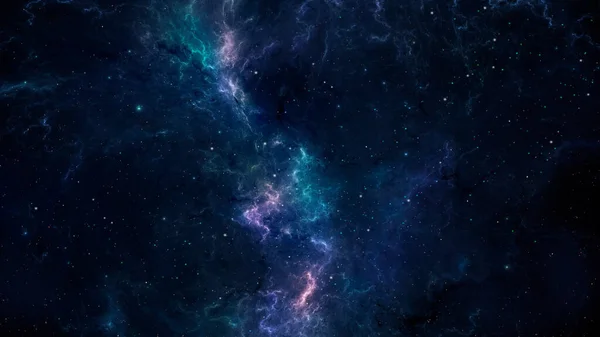
6. Implications for Dark Energy Physics
In ΛCDM, the dark energy equation-of-state parameter w is fixed at –1, implying constant energy density. DESI’s newest data release says that w varies with redshift-it first goes up until at least z ≈ 0.45 and then goes down. It is this evolution that contravenes the cosmological constant model and requires new physics to explain why energy density would first increase, then decrease, over cosmic time.

7. The Road Ahead: Vera Rubin Observatory and LSST
The Vera C. Rubin Observatory’s LSST will soon be delivering photometric data for ~20,000 new supernova host galaxies. These will enable the Yonsei team to perform “evolution-free” tests, using only young, coeval host galaxies, which will dispense with age bias altogether. If these results reproduce the present ones, the case for a decelerating universe will be substantially strengthened.
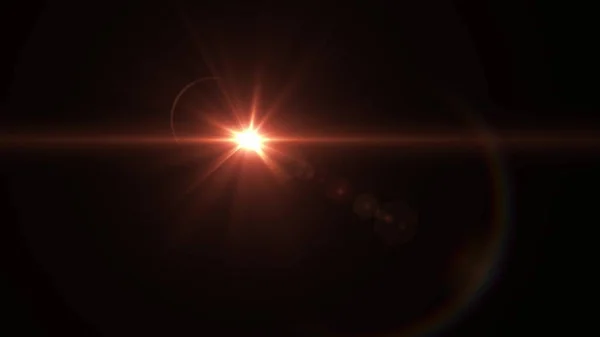
8. Wider Cosmological Implications
A slowing expansion rewrites forecasts about how the universe will end. Gone are the “Big Freeze” and “Big Rip” scenarios of eternal acceleration a weakened dark energy allows for the possibility of cyclic models in which a Big Crunch might produce a new Big Bang-a “Big Bounce.” This would make cosmic history dramatically different, tying the ultimate end of the universe to its beginning. The debate is far from settled.

Critics, including Nobel laureate Adam Riess, caution that measuring stellar ages for distant supernovae is fraught with uncertainty. Yet with multiple independent datasets-from supernovae to BAO to CMB-pointing toward evolving dark energy, cosmology may be on the brink of rewriting one of its most profound chapters.

